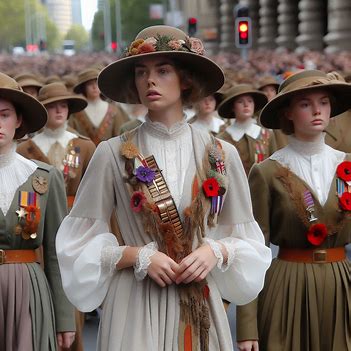
ANZAC Day in Edwardian Times: A Legacy of Courage and Commemoration
Understanding the Historical Background:
The early 20th-century socio-political climate in Australia was pivotal in shaping the nation’s role in World War I. Here’s an overview of the key factors that influenced Australia’s involvement:

Federation and National Identity
- Federation in 1901 united the six separate British colonies into the Commonwealth of Australia. This was a formative period in the development of a national identity.
- Despite federation, strong ties to Britain persisted. Australians largely considered themselves British subjects and felt a duty to support the Empire.
- Nationalism began to emerge, but it was closely intertwined with imperial loyalty, leading to strong public support for involvement in Britain’s wars.
Political Landscape
- Australia’s political scene in the early 1900’s was shaped by the Labor movement, trade unions, and debates over workers’ rights and social welfare.
- In 1914, when war broke out, the Australian Prime Minister was Joseph Cook (a conservative), but he was soon succeeded by Andrew Fisher of the Labor Party, who promised that Australia would support Britain – uttering “to the last man and the last shilling.”
- The war effort had bipartisan support, at least initially, but divisions would later arise, especially over conscription.
Economic Context
- Australia was primarily a rural and agricultural economy, dependent on exports like wool and wheat.
- The economy was closely tied to Britain, both in trade and in financial markets.
- War initially stimulated the economy through increased demand for resources, but disruptions to trade and rising costs led to inflation and hardship.
Military and Strategic Factors
- Australia had a small standing army, but many men were eager to volunteer for the Australian Imperial Force (AIF).
- The ANZAC legend (Australian and New Zealand Army Corps), particularly following the Gallipoli campaign in 1915, became central to Australia’s national narrative.
- The war became a defining moment for Australian identity, highlighting bravery, mateship, and sacrifice.
Social and Cultural Climate
- The war effort was initially popular, and volunteering rates were high amongst citizens.
- Women’s roles began to shift, as they contributed to the war effort through nursing, fundraising, and working in industries.
There was also a growing division over conscription, with a referendum in 1916 and 1917 both failing. This issue caused a major split in the Labor Party.
Indigenous Australians
- Despite being excluded from official enlistment early in the war, many Indigenous Australians served by falsifying documents or slipping through the cracks.
- Their contributions were often unrecognized, and they faced continued discrimination at home.
Conclusion
Australia’s involvement in World War I was deeply influenced by its status as a young nation still defining itself, strong ties to Britain, and an emerging sense of nationalism. The war had lasting effects on Australian society, politics, and identity which in turn helped to shape our modern nation.
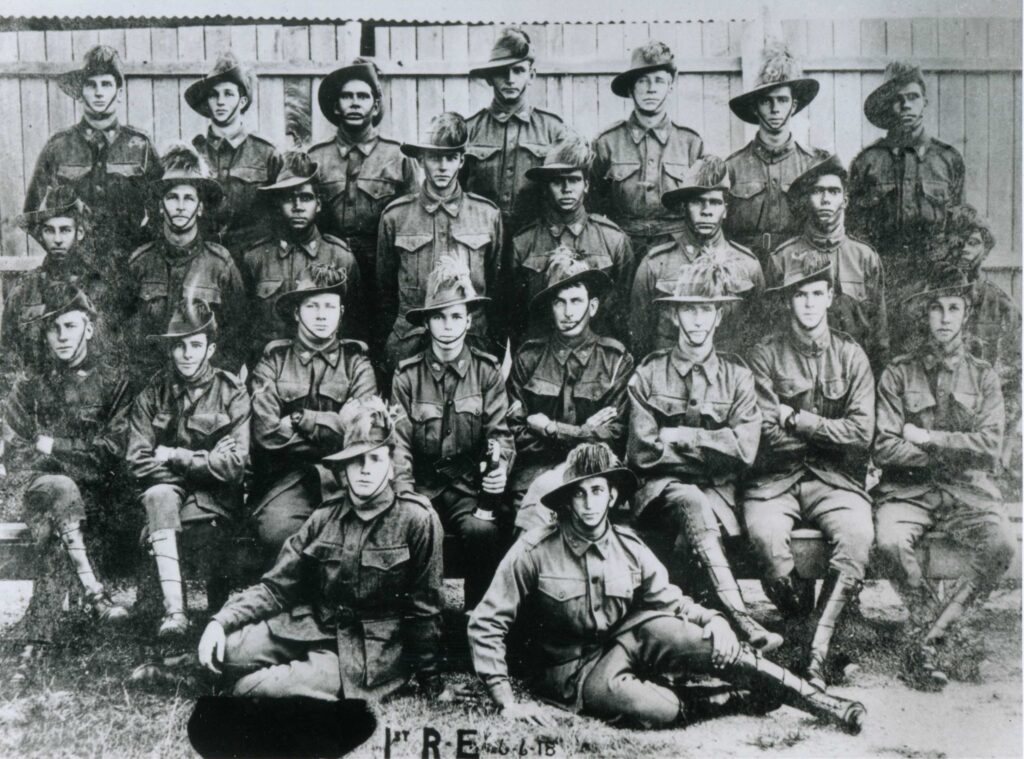
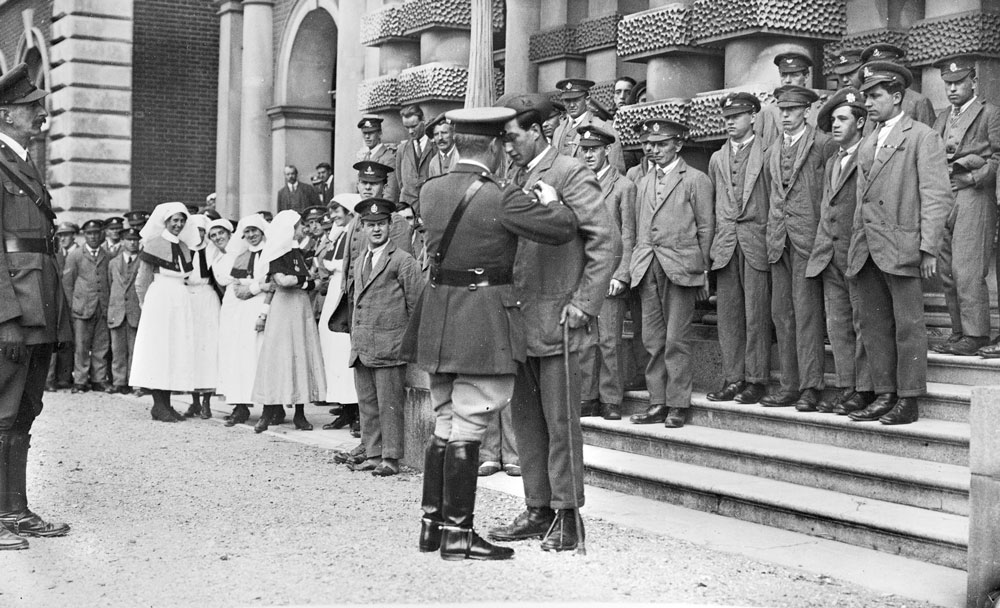
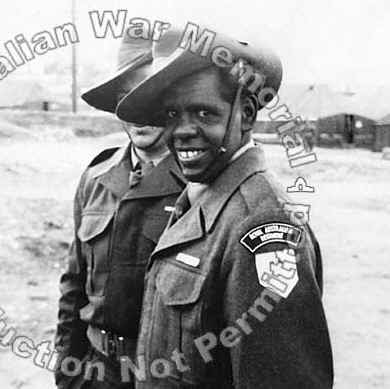
The Spirit of the ANZAC’s
The Spirit of the ANZAC’s is a powerful and enduring part of the national identity of both Australia and New Zealand. It was born out of the Gallipoli campaign during World War I, a military operation that began on 25 April 1915, when the Australian and New Zealand Army Corps (ANZAC’s) landed on the Gallipoli Peninsula – part of the Ottoman empire of Turkey.
Contribution of the ANZACs in the Gallipoli Campaign
- Military Role:
The ANZAC’s were part of an Allied effort, led by Britain and France, to open up a sea route to Russia and to capture the Ottoman capital, Constantinople (now Istanbul). The goal was to weaken one of Germany’s key allies — the Ottoman Empire. - Tactical Challenges:
The ANZAC’s landed at a rugged and steep stretch of coastline, later named ANZAC Cove. Poor planning, inadequate intelligence, and strong Turkish resistance made progress extremely difficult. Despite these challenges, the ANZAC troops held their ground in harsh conditions. - Endurance and Tenacity:
These ANZAC’s endured extreme heat, poor sanitation, and constant enemy fire. They constructed trenches and maintained their positions under dire circumstances for eight months. Their perseverance in the face of adversity became a symbol of resilience.
Sacrifice of the ANZAC’s
- Casualties:
The Gallipoli campaign resulted in heavy losses. Of the roughly 50,000 Australians who served, with more than 8,700 were killed, and over 19,000 were wounded. New Zealand suffered around 2,800 deaths and over 5,000 wounded from a force of about 18,000 Kiwis. - Legacy of Loss:
The campaign failed to achieve its military objectives and was eventually evacuated in December 1915. However, the sacrifices made by the ANZAC’s deeply affected both nations. The grief and pride felt at home helped forge a stronger sense of national identity.
The Spirit of the ANZAC’s
The “Spirit of the ANZAC’s” is characterized by:
- Courage in battle
- Mateship and camaraderie
- Endurance under hardship
- Sacrifice for a greater cause
- Loyalty and mutual respect
Though Gallipoli was not a military success, the conduct of the ANZAC troops left a lasting impact. ANZAC Day, observed on 25 April each year, commemorates the landings at Gallipoli and honors all Australian and New Zealand soldiers who have served and died in wars, conflicts, and peacekeeping operations.
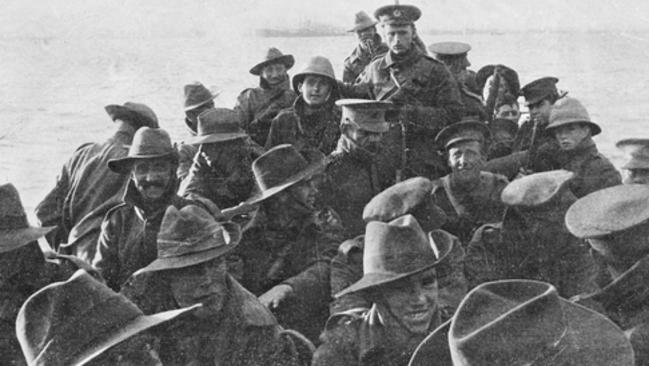
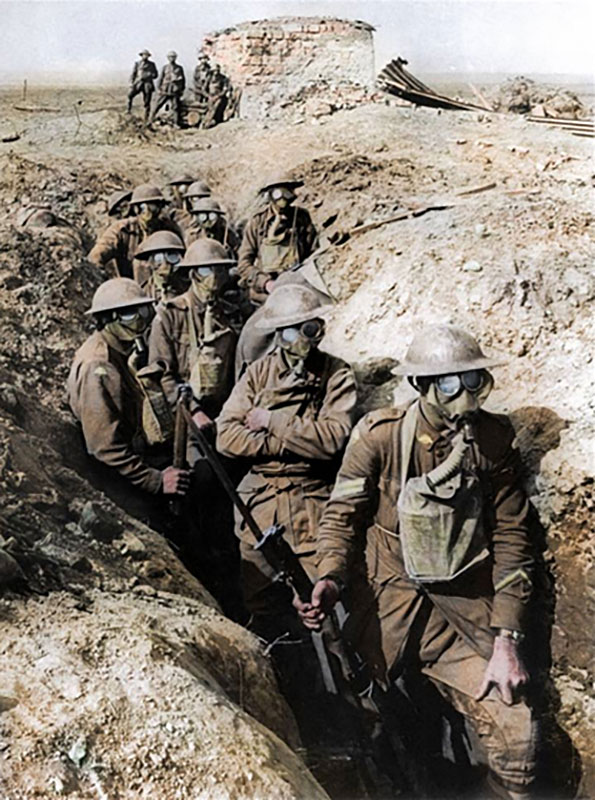
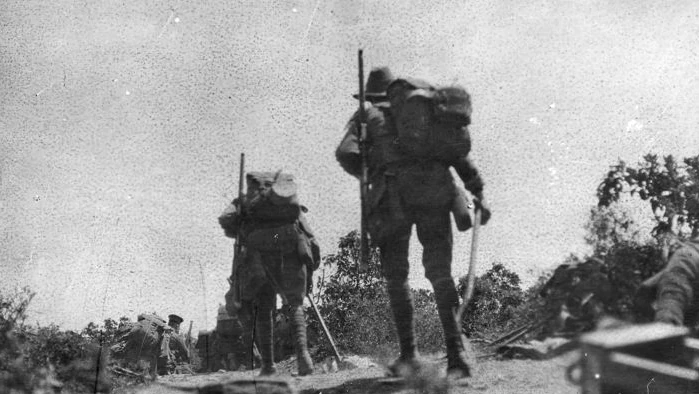
Edwardian Society and ANZAC Day: How this era’s values shaped the interpretation and commemoration of ANZAC Day.
The Edwardian era (roughly 1901–1914) was a time of significant social, political, and cultural transformation in the British Empire, and its values deeply influenced how ANZAC Day was initially understood and commemorated. Here’s a structured overview of how Edwardian values shaped the interpretation and remembrance of ANZAC Day:
Context of the Edwardian Era
The Edwardian period, marking the reign of King Edward VII (1901–1910) and the years leading up to World War I, and was characterized by:
- Imperial pride and nationalism: A strong belief in the British Empire’s superiority.
- Militarism and masculinity: Valuing strength, discipline, and martial heroism.
- Class structures and gender roles: A society deeply stratified by class and rigid gender norms – which were societal expectations and beliefs about how individuals should behave, express themselves, and interact with others based on their gender.
- Moral idealism and duty: Emphasis on sacrifice, loyalty, and doing one’s duty for the greater good.
These values carried into the war years and heavily influenced how people interpreted the Gallipoli campaign and the sacrifices of the ANZAC’s.
ANZAC Day Origins and Early Commemoration
- ANZAC Day, first observed in 1916, commemorated the landing at Gallipoli on April 25, 1915.
- The campaign was initially seen as a failure – militarily, but the focus then shifted to the bravery, mate-ship, and sacrifice of the soldiers.
Influence of Edwardian Values
A. Heroism and the Cult of Sacrifice
- Edwardian ideals celebrated the noble sacrifice of soldiers for the Empire.
- ANZAC Day became a day to honor courage and endurance, echoing Edwardian notions of manly virtue and valor in war.
- Gallipoli was reinterpreted not as a loss, but as a founding moment of national identity, particularly for Australia and New Zealand.
B. Imperial Loyalty and National Identity
- Though Australia and New Zealand were developing national consciousness, Edwardian loyalty to the British Crown was still dominant.
- ANZAC soldiers were celebrated as loyal sons of the Empire, fighting in a just war.
- This dual identity (imperial and national) helped forge a unique commemorative culture that celebrated both allegiance to Britain and emerging national pride.
C. Militarism and Masculinity
- The soldier-hero became an ideal, shaped by Edwardian notions of masculinity.
- The ANZAC legend highlighted physical strength, resilience, and mate-ship, reinforcing the era’s gender ideals.
- Women’s roles were often framed within Edwardian domestic ideals—as mothers, wives, or nurses supporting the war effort from the home front.
D. Class and Commemoration
- Initially, commemoration practices were influenced by class—elite-led memorials, formal parades, and church services reflected upper-class sensibilities.
- Over time, especially post-WWI, there was a shift toward more inclusive commemorations, but early ANZAC Day events still bore Edwardian social hierarchies.
Conclusion
Edwardian society laid the cultural and ideological groundwork that shaped early interpretations of ANZAC Day. By elevating values like imperial loyalty, heroic sacrifice, and masculine duty, this era helped transform a tragic military defeat into a sacred national memory. While interpretations have evolved, the imprint of Edwardian ideals remains embedded in ANZAC Day commemoration.
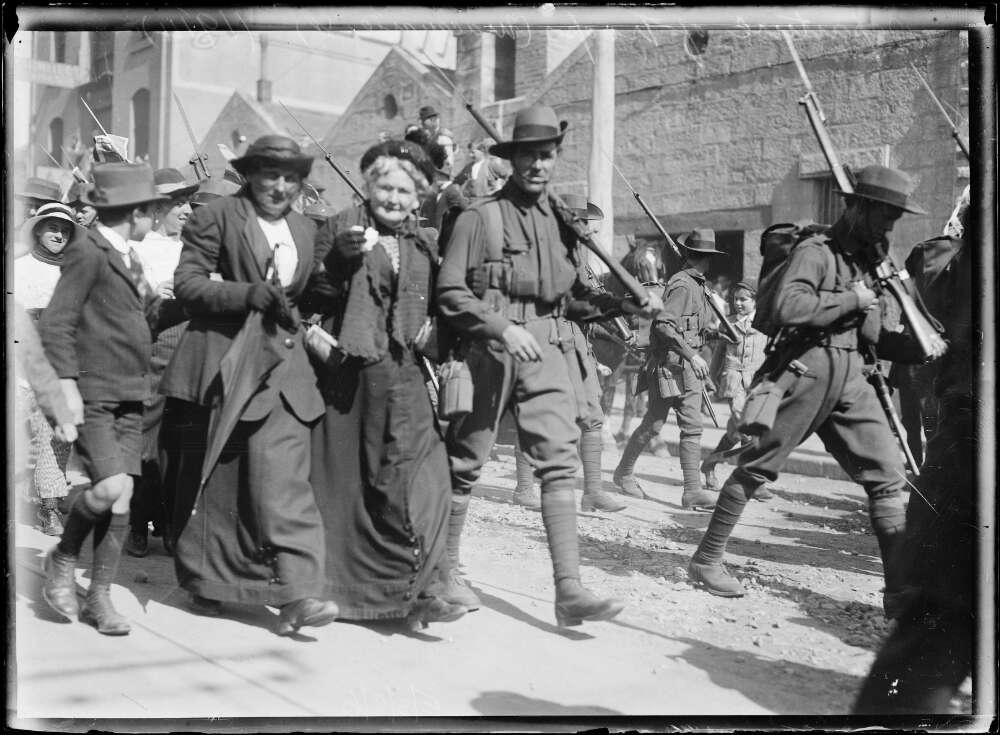
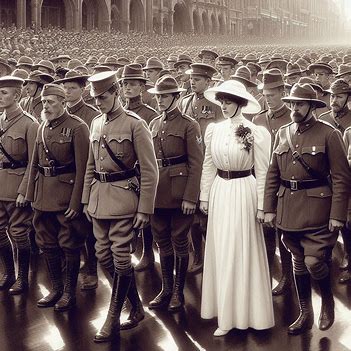

Public Ceremonies and Traditions
During the Edwardian era (1901–1910), ANZAC Day (as we know it today) had not yet been established. The Gallipoli landings that inspired ANZAC Day occurred on April 25, 1915, during World War I—well after the Edwardian period. However, how we shaped Anzac Day and what influenced it – look at this helpful context below:
Pre-WWI Patriotic Traditions
- The Edwardian era saw the rise of imperial patriotism and military commemoration, particularly in British colonies like Australia and New Zealand.
- Empire Day (May 24) was celebrated to honor Queen Victoria’s birthday and served as a day to promote loyalty to the British Empire. It featured parades, school ceremonies, and flag-raising events—many of which would later influence ANZAC Day.
- South African War (Boer War) memorials were constructed during this period, and public gatherings to honor fallen soldiers became more common. These memorials often hosted annual commemorations.
As an affiliate - I may receive a small commission when you click on a link and purchase through this post
Ceremonial Practices
- Public rituals included church services, marches by returned soldiers, and memorial unveilings, all accompanied by patriotic speeches and music.
- Schools played a key role in fostering national pride and remembrance, with children often participating in flag salutes, songs, and lessons on duty and sacrifice.
Civic and Military Involvement
- Military units frequently took part in ceremonial parades, and local dignitaries gave speeches emphasizing honor, service, and imperial duty.
- Wreath-laying and moments of silence became increasingly formalized during this time, setting a precedent for later ANZAC Day traditions.
Legacy and Shifting Interpretations
- While Edwardian values shaped the early ANZAC Day narrative, later generations reinterpreted it through more critical and inclusive views.
- Nonetheless, many foundational aspects of ANZAC Day—honor, sacrifice, national identity, and male camaraderie—have their roots in Edwardian ideology.
Influence on ANZAC Day
When ANZAC Day was officially observed for the first time in 1916, many of these Edwardian-era ceremonial customs were adapted:
- Dawn services, parades, church ceremonies, and commemorative speeches drew directly from earlier patriotic traditions.
- The tone of solemn reflection and national unity reflected the imperial loyalty and martial values embedded in Edwardian society.
- Personal Stories and Reflections: Share firsthand accounts from soldiers and families affected, highlighting personal experiences and community impact.
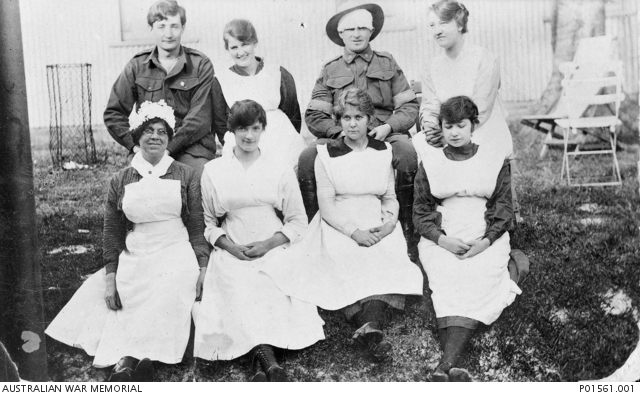
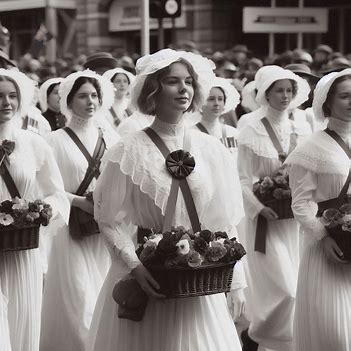
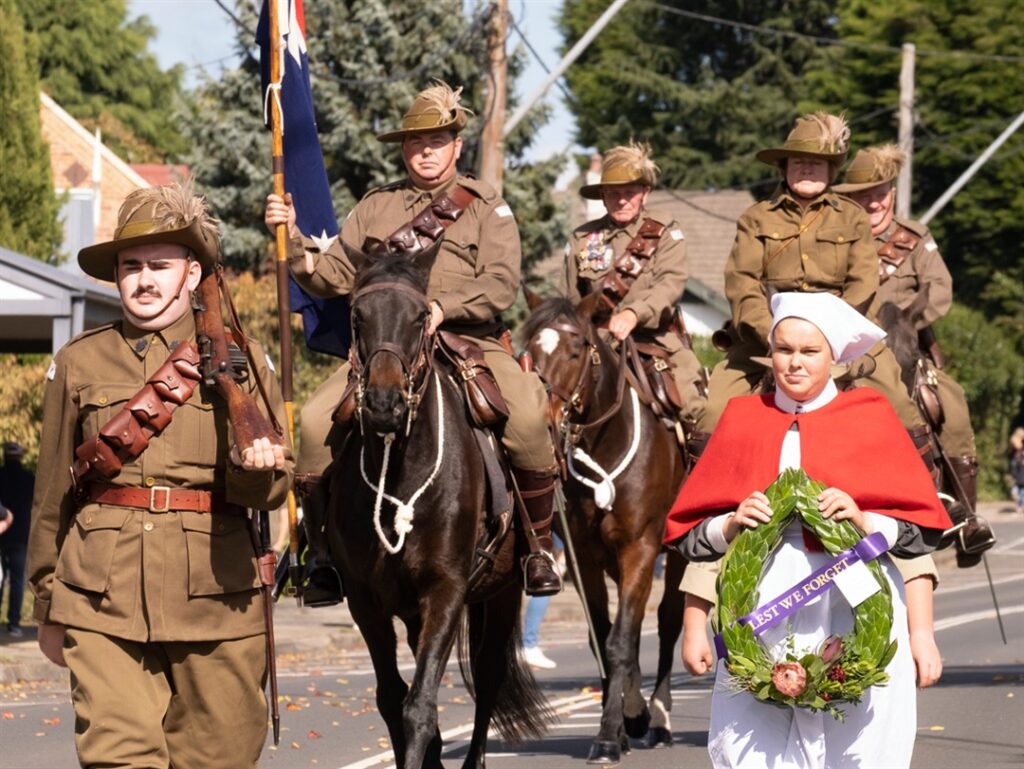
For those wanting to gain some patriotism and nostalgia, you may find some interesting memorabilia items here to purchase through Amazon. And, let’s not forget ladies Edwardian dress styles (to consider) – as an affordable option online. A few examples are listed through Amazon regarding men’s Edwardian or military attire – search them today.
There are more unique and quirky memorabilia items listed through Etsy today – take a look. Etsy, stock a large range of authentic Edwardian dress costumes or patterns – learn more here. Men’s attire is also included in theses items in the way of Edwardian or military style dressing – listed here.
Here’s a sample section titled “Personal Stories and Reflections” that could fit into a larger piece—such as a memorial article, community newsletter, or awareness campaign. It highlights firsthand accounts from soldiers and families, showcasing the emotional depth and impact on the community:
Personal Stories and Reflections
Sgt. Marcus Hill – A Letter from the Front
“I remember writing to my little sister every week. It was the one thing that kept me grounded. Even in the chaos of deployment, her words reminded me who I was fighting for. When I came home, everything felt different. I was different. But her hugs, those never changed.”
— Sgt. Marcus Hill, U.S. Army veteran, served in Afghanistan
Marcus’s story is a reminder of the emotional tether that binds deployed soldiers to their loved ones back home. For Marcus, those handwritten letters were more than paper and ink—they were lifelines.
A Mother’s Perspective – Jennifer Alvarez
“When my son deployed, I couldn’t sleep for weeks. Every ring of the phone made my heart jump. When he finally came home, I was grateful, but I also saw the silence in his eyes. War doesn’t end when they return—it just comes home with them.”
— Jennifer Alvarez, mother of a Marine Corps veteran
Jennifer’s reflection speaks to the quiet battles fought by families. Her honesty sheds light on how the weight of service extends beyond the soldier, touching every member of the family.
The Community Rally – “Operation Welcome Home”
After Staff Sgt. Dana Liu was injured during service, her small hometown in Ohio organized a massive “Welcome Home” parade and fundraiser.
“I didn’t know anyone cared this much. Seeing my neighbors, old teachers, and even kids I used to babysit line the streets with signs—it healed something in me.”
— SSgt. Dana Liu, U.S. Air Force
Her story is a testament to how powerful community support can be. Sometimes, healing begins with a handshake, a smile, or a banner that reads “We Missed You.”
Evolution of ANZAC Day Post-Edwardian Times: Trace the development of commemorative practices and the enduring significance of ANZAC Day in modern Australia.
ANZAC Day, (first observed in 1916), has evolved from a solemn commemoration of the Gallipoli landings to a complex national ritual that reflects Australia’s shifting identity, values, and attitudes toward war and remembrance. Tracing its development from the post-Edwardian period to the present reveals how commemorative practices have adapted to changing social, political, and cultural contexts, while maintaining ANZAC Day’s enduring significance in Australian national consciousness.
Post-Edwardian Origins and World War I Legacy (1916–1930’s)
- First ANZAC Day (1916): Held one year after the Gallipoli landings, ANZAC Day began as a way to honor those who had fought and died. Services included marches, religious ceremonies, and moments of silence.
- National Identity Formation: The ANZAC legend—characterizing Australian soldiers as brave, stoic, and egalitarian—emerged during this period, contributing to a nascent sense of Australian nationalism.
- Mourning and Patriotism: Early commemorations emphasized solemn mourning, patriotism, and imperial loyalty. The day was also used to promote enlistment and support for the war effort.
Interwar Years and World War II (1930’s–1940’s)
- Broadening Scope: As more Australians served and died in other campaigns, such as on the Western Front and in the Middle East, ANZAC Day began to honor all who had served, not just Gallipoli veterans.
- Challenges to Unity: Debates over the nature of commemoration—religious vs. secular, celebratory vs. mournful—emerged, particularly among veterans’ groups.
- Continued Observance During WWII: Despite the global conflict, ANZAC Day continued to be observed, serving as a reminder of previous sacrifices and a call to unity.
Post-War Reassessment and Decline (1950’s–1970’s)
- Inclusion of New Conflicts: Commemorations expanded to include veterans of WWII, Korea, and later Vietnam.
- Decline in Participation: Social upheavals of the 1960’s and 70’s, especially opposition to the Vietnam War, led to declining attendance and questioning of ANZAC Day’s relevance.
- Criticism and Reflection: Feminist, Indigenous, and pacifist voices criticized the glorification of war and the exclusion of non-military narratives. Indigenous Australians highlighted the irony of commemorating freedom and sacrifice while they remained marginalized.
Revival and Reinvigoration (1980’s–2000’s)
- Cultural Renaissance: Renewed interest in national heritage, combined with commemorative anniversaries (e.g., Gallipoli’s 75th in 1990), spurred a resurgence in attendance and public engagement.
- Government Support: State and federal governments invested in memorial infrastructure, education, and ceremonies.
- Youth Engagement: Pilgrimages to Gallipoli, especially by younger Australians, became popular, reinforcing ANZAC Day as a living tradition.
Contemporary Commemoration and Enduring Significance (2010’s–Present)
- Diverse Participation: Commemorations now embrace a broader understanding of service, including peacekeepers, women, and multicultural communities.
- Digital and Global Commemoration: Online tributes, live-streamed services, and international ceremonies reflect the globalization of remembrance.
- COVID-19 Impact: The 2020 pandemic saw Australians commemorating at home, lighting candles in driveways—demonstrating the day’s deep-rooted emotional significance.
- Continuing Evolution: ANZAC Day continues to spark dialogue about nationalism, militarism, and collective memory. Increasingly, there is recognition of Indigenous service members and efforts to include their stories.
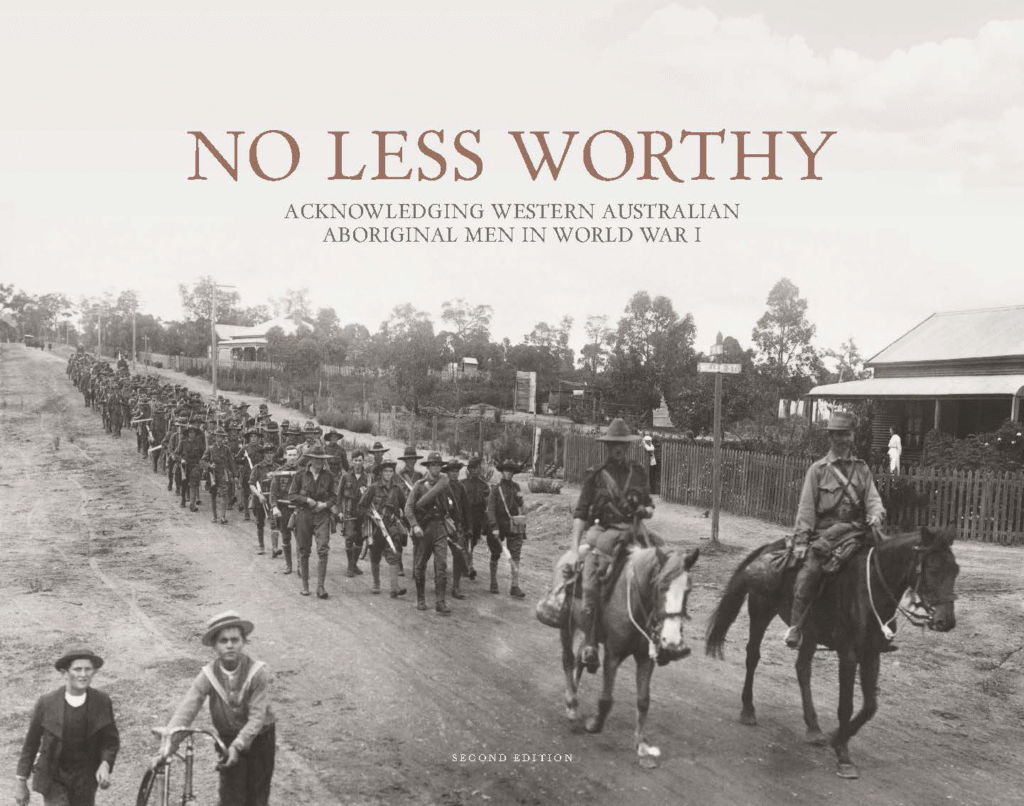
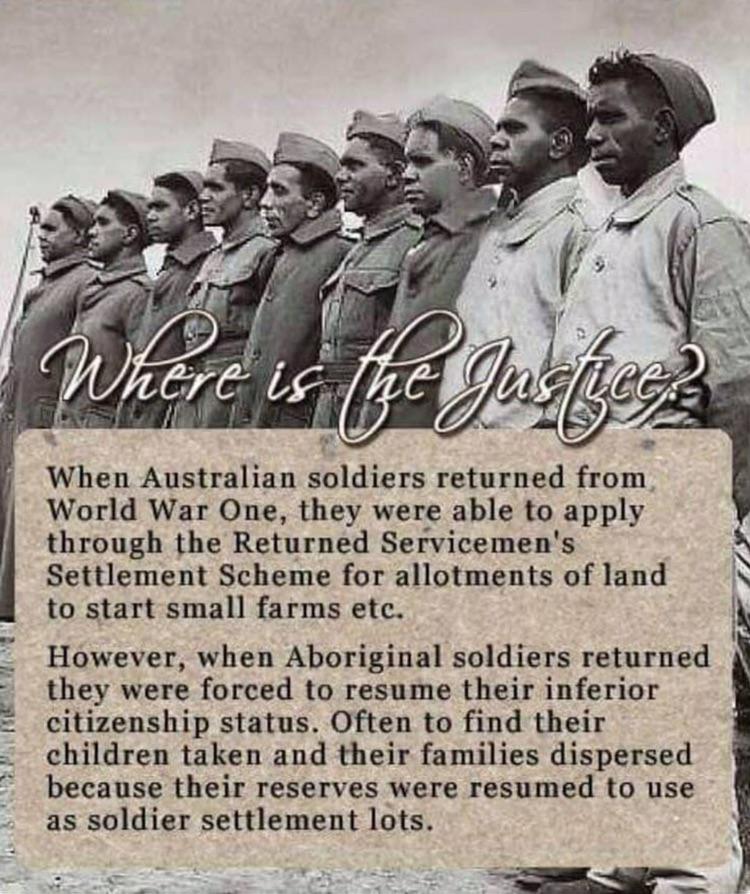
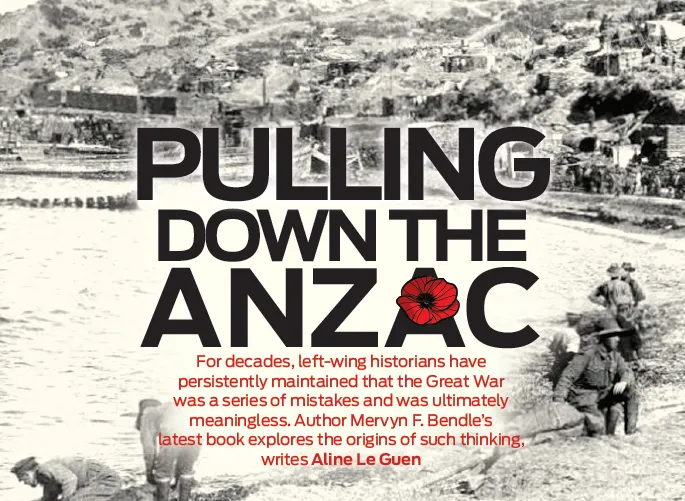
Conclusion: A Living Tradition
ANZAC Day has transformed from a narrow remembrance of Gallipoli to a complex national day of reflection. Its evolution mirrors broader changes in Australian society, from imperial colony to multicultural nation. Despite debates over its meaning and scope, ANZAC Day endures as a powerful symbol of shared memory, sacrifice, and identity in modern Australia.
A Blend of Patriotism and Mourning
ANZAC Day, commemorated in Australia and New Zealand, holds a distinctive dual significance: it is simultaneously a solemn day of mourning and a proud celebration of national identity. This blend of patriotism and remembrance gives ANZAC Day its unique emotional and cultural resonance, shaping how both nations view their past and define their collective character.
Mourning and Respect for the Fallen
At its core, ANZAC Day honors the members of the Australian and New Zealand Army Corps (ANZAC) who fought—and many who died—during the Gallipoli Campaign of World War I in 1915. Over time, the day has evolved to honor all Australians and New Zealanders who have served and died in military operations. Key elements such as dawn services, moments of silence, and wreath-laying ceremonies underscore the day’s solemn and reflective nature.
- Commemoration of Sacrifice: ANZAC Day is a moment for people to remember the cost of war—not just in terms of loss of life, but also the psychological and emotional toll on veterans and families alike.
- Personal and National Grief: The rituals are deeply personal for many families, while also representing collective grief at a national scale.
Celebration of National Identity and Values
While ANZAC Day is rooted in loss, it also serves as a powerful symbol of national identity and pride for both Australia and New Zealand. The Gallipoli campaign, though a military failure, is often seen as a defining moment that forged the spirit and character of both nations.
- The “ANZAC Spirit”: Qualities such as courage, mate-ship, resilience, and self-sacrifice are celebrated as embodying the national ethos. These values are elevated as ideals for both civic behavior and national pride.
- Emergence of Nationhood: Many historians argue that the Gallipoli campaign helped shape the independent identities of Australia and New Zealand, distinct from their British colonial origins. The shared experience of war created a sense of unity and purpose.
The Interplay of Patriotism and Mourning
ANZAC Day’s dual role reflects a nuanced view of patriotism—one that acknowledges pride in national character without glorifying war.
- Reflective Patriotism: Unlike more overtly nationalistic holidays, ANZAC Day invites a form of patriotism rooted in humility, service, and remembrance rather than triumph.
- Educational and Generational Transmission: Schools, veterans’ organizations, and public ceremonies all contribute to passing on the significance of the day to future generations, reinforcing national values while preserving the memory of sacrifice.
Contemporary Relevance and Challenges
Modern commemorations of ANZAC Day also grapple with how to maintain relevance in a multicultural and increasingly globalized society.
- Inclusivity and Expansion: Recent years have seen a broader recognition of Indigenous soldiers, women in service, and more nuanced understandings of Australia’s and New Zealand’s military histories.
- Criticism and Reflection: Some critics question the romanticization of war or the potential politicization of ANZAC Day, prompting ongoing public dialogue about how best to honor its meaning.
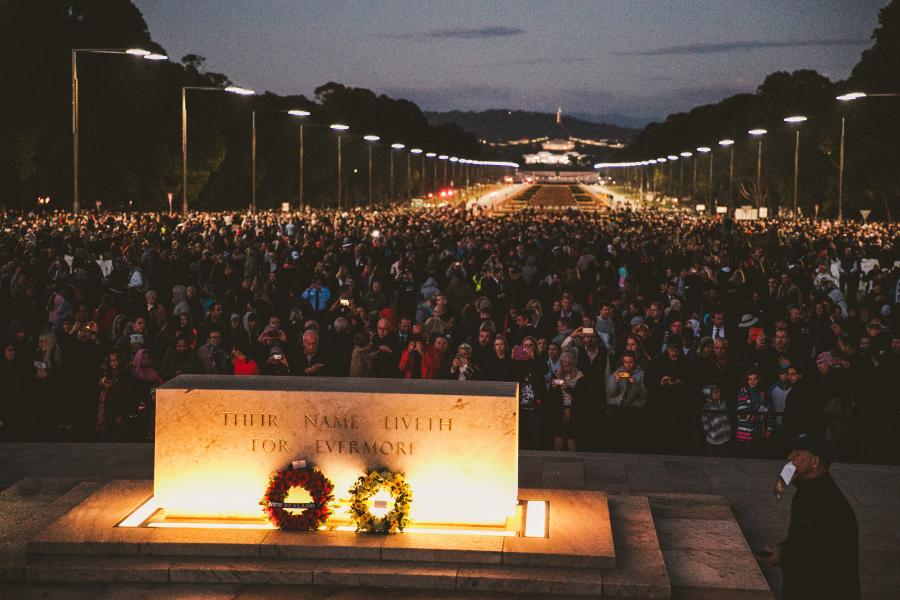
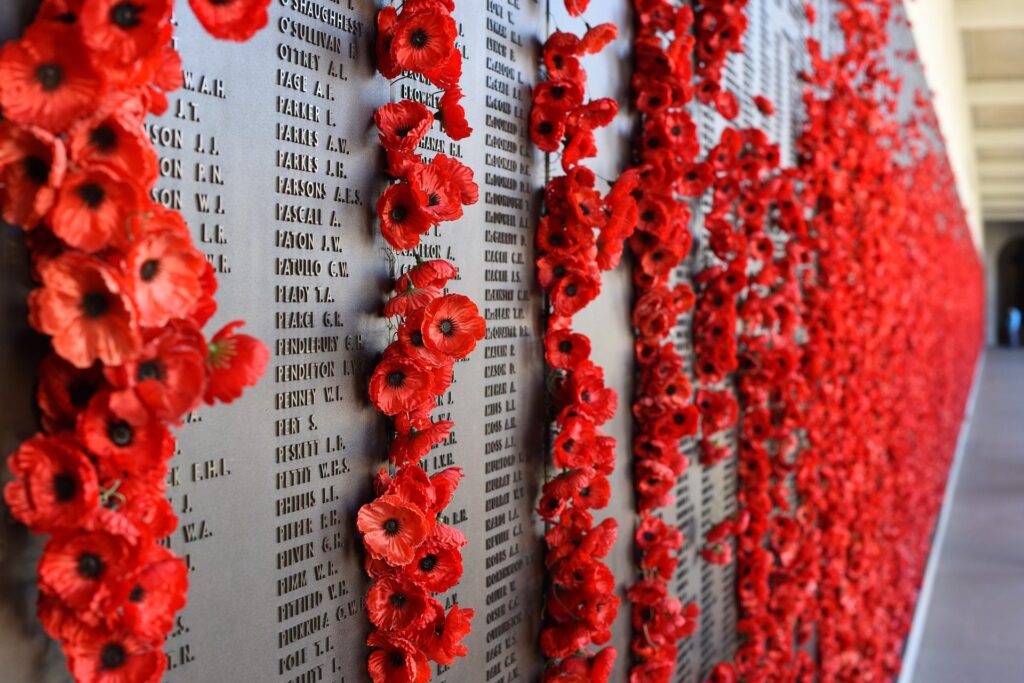
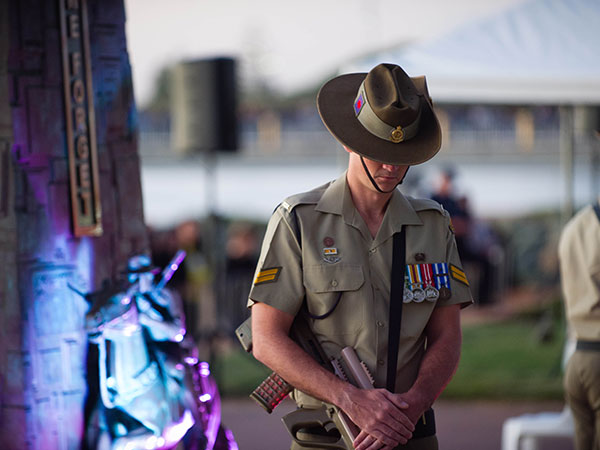
Conclusion
ANZAC Day embodies a delicate balance between grief and pride, personal loss and national unity. It is both a solemn tribute to the sacrifices of the past and a reaffirmation of values that define national identity. This blend of mourning and patriotism creates a powerful, shared experience that continues to shape the cultural landscape of Australia and New Zealand.

Thanks for taking the time to read my post on this historic event and how it affected so many during that era – but still today. If you have any questions or comments please leave them below, or you can follow us on our socials as well.
Kind regards
Helen
https://www.facebook.com/vintageclothesandaccessoriesaustralia

Helen, this is a beautifully detailed and insightful piece that captures the Edwardian-era spirit behind the early ANZAC commemorations. You’ve done a brilliant job connecting the dots between imperial loyalty, emerging nationalism, and the deep societal values of that time. It’s fascinating to see how notions of masculinity, sacrifice, and duty were woven into the national identity through the lens of Gallipoli. I especially appreciated your focus on how class and gender shaped the interpretation of heroism, as well as the acknowledgment of Indigenous soldiers whose contributions were often overlooked. The Edwardian context adds a rich layer to understanding why ANZAC Day became such a powerful symbol of unity and remembrance. Thank you for shedding light on this formative chapter of Australian history—it deepens our appreciation for the day and those it honors. Looking forward to reading more from you!
Thanks Andrejs,
very kind words from you and I appreciate that you thoroughly enjoyed reading it.
regards Helen.